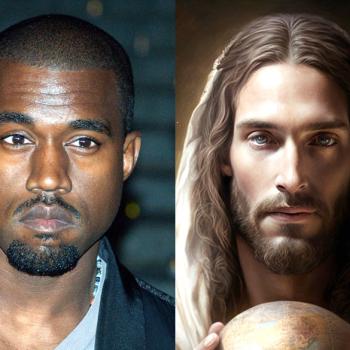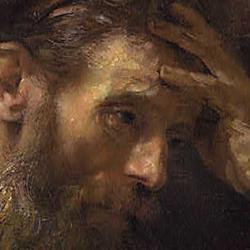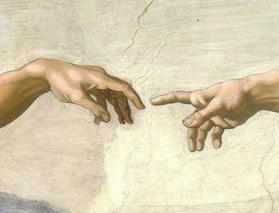Gerd Theissen’s contribution to The Depth of the Human Person sharply challenges mainstream views of Paul’s anthropology. It’s not that Paul’s theory is holistic rather than dualistic.
That assumption is based on a faulty understanding of ancient anthropology. A holistic anthropology doesn’t necessarily imply a positive view of the body, nor does dualism imply a negative assessment: “If there is an internal hierarchy of a lower and a higher stratum within each person, the lower stratum is not expected to live up to the same norms as the higher stratum. . . . The body is experienced as distant from the ego. . . . Therefore, the body is allowed to behave in a way that would not be as appropriate for the central self” (168-9). Dualism lets the body be the body. On the other hand, on holistic assumptions “The ego is identified with the body,” which means that “the weaknesses deficiencies, and failures of the body are now a crucial problem” (169). The body can’t be distanced from the human person.
In any case, Theissen doesn’t think Paul is either a holist or a dualist. His anthropology is “a transformative anthropology.” This is why he can, contrary to holistic expectations, say things that actually deepen the divide between inner and outer: “In the context of the eso– and exo–anthropos dualism, the term soma has an unusually negative meaning: the internal anthropos is at war with the members of the body, crying for salvation from this ‘body of death,’” one of Paul’s “strong negative statements about the body.”
But Paul’s terminology of “new man” and “new creation” indicate that his dualism “expresses a transformative anthropology of deep change within the person, not a static dualistic anthropology of a high and a low stratum within the person. The contrast between the interior and external self is even intensified within this transformative anthropology: the eso anthropos must be renewed every day, while the exo anthropos is wasting away. With a static dualistic anthropology, it would be enough to say that the ‘interior self’ remains and dominates the external or that the internal survives the external self” (168).
This transfomative anthropology is of a piece iwth Paul’s transformative cosmology. Human life, like everything else, “is in a process of change. The whole world is being transformed and human nature is being transformed in conformity with Christ” (170).
Against this background, Theissen proposes several theses. He claims that both sarx and pneuma are “transpersonal and personal powers,” a standard claim. More daringly, he argues that sarx and soma describe “the biological aspect” of humanity from two perspectives, the former as that “energy of life that must be repressed” and the latter as “the energy that can be sublimated and integrated” (170). Most dramatically, he traces ancient thought about the “dissociative soul,” arguing that the notion, which lapsed during the Hellenistic period, makes a comeback in Paul’s pneumatology.















